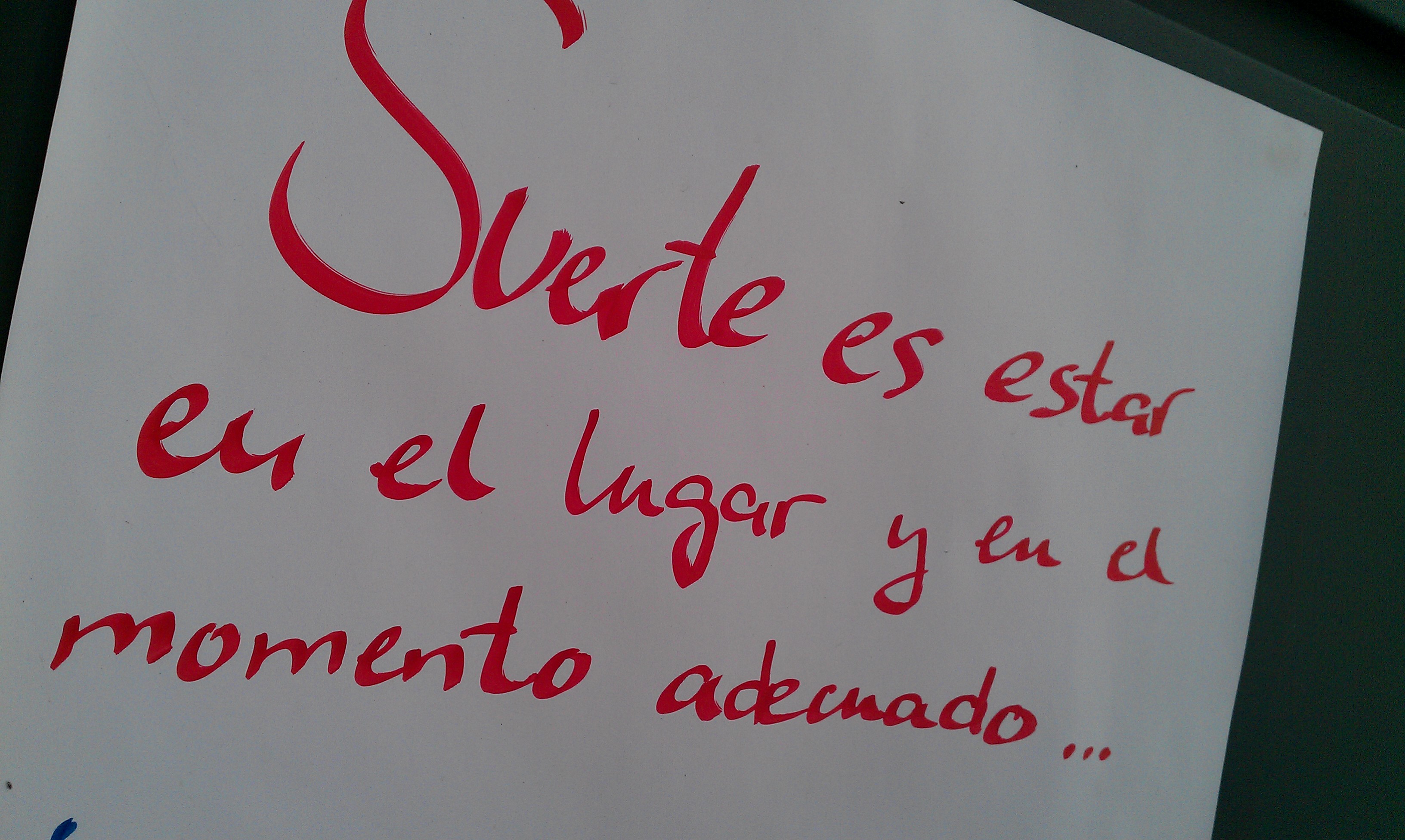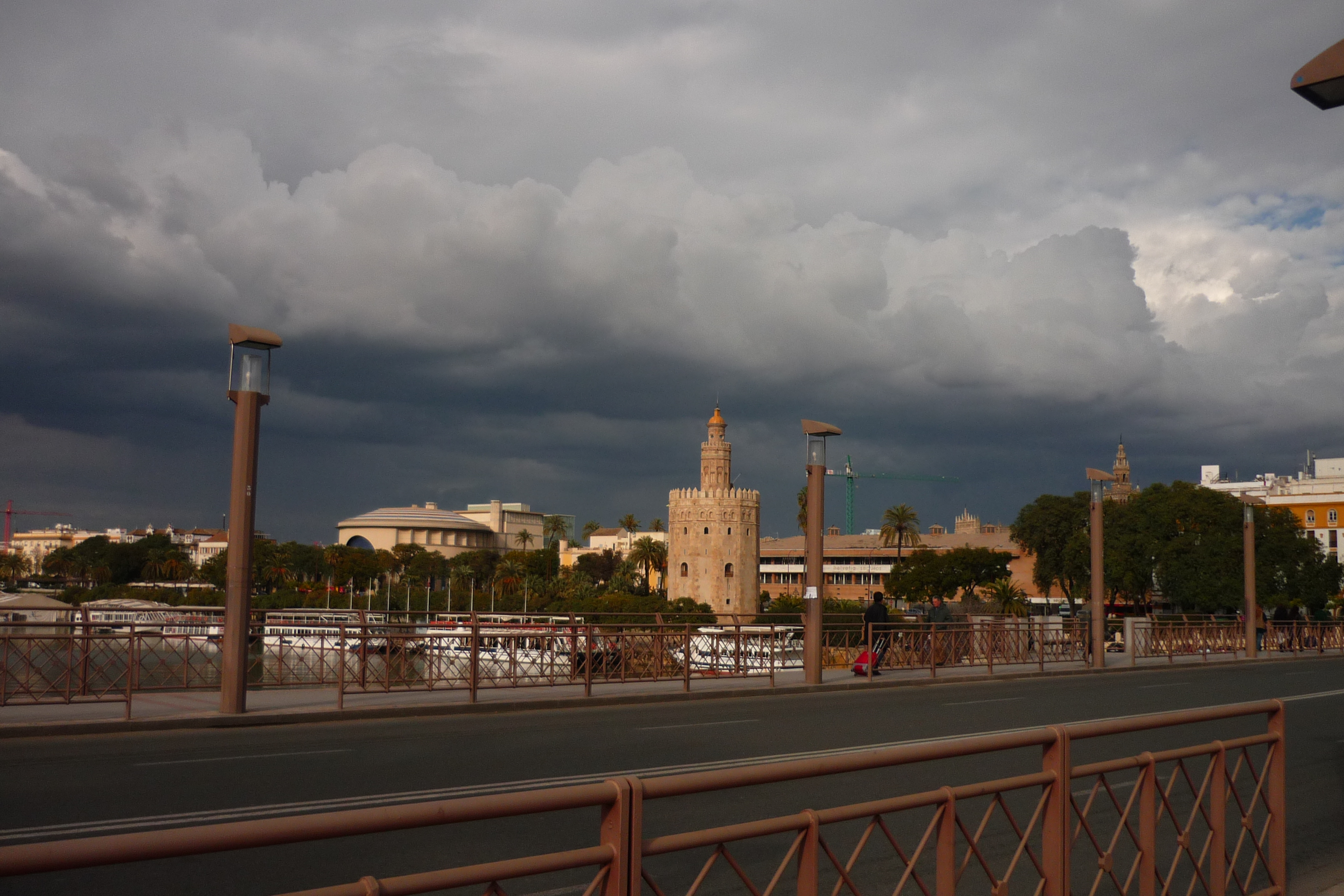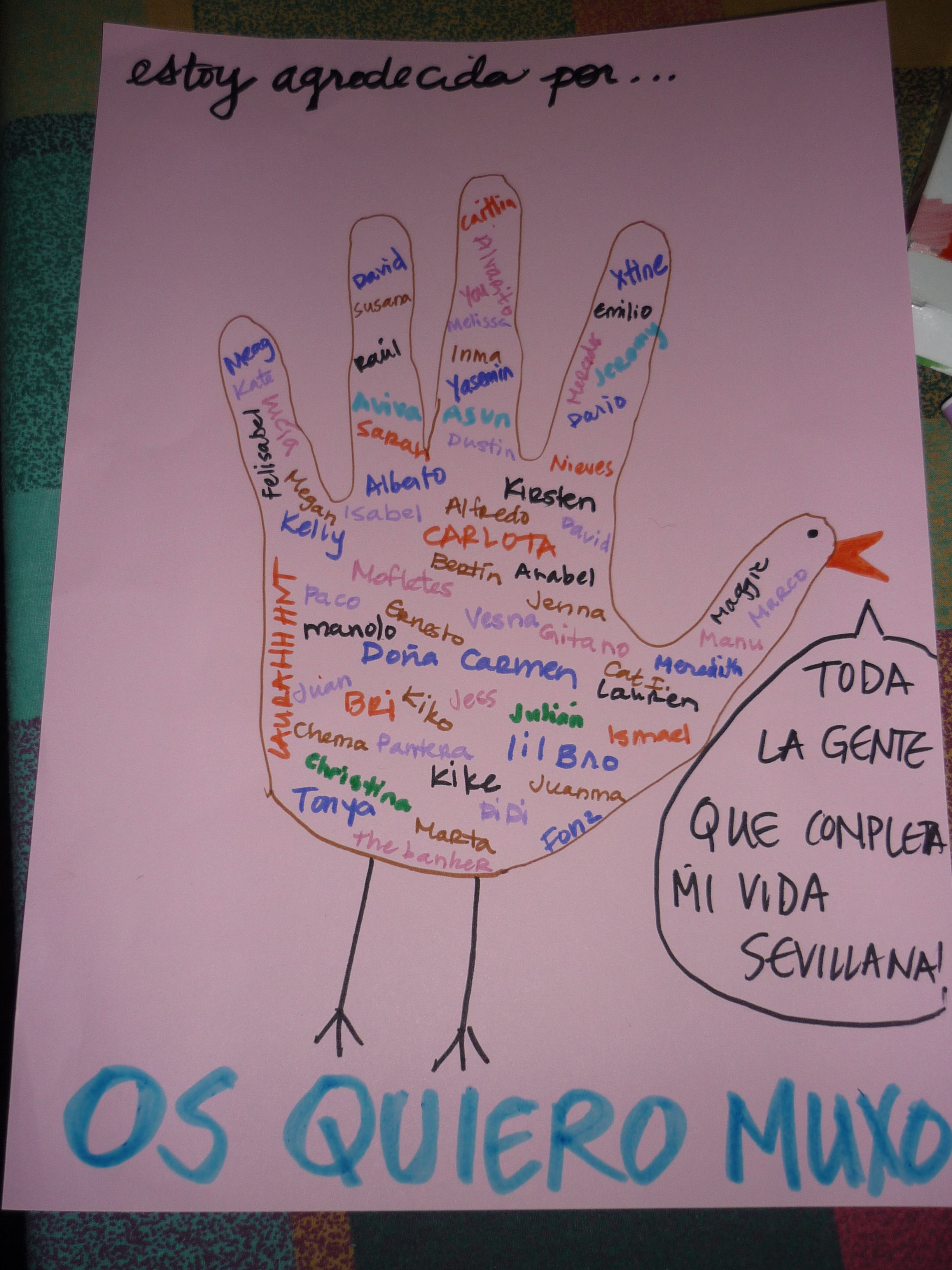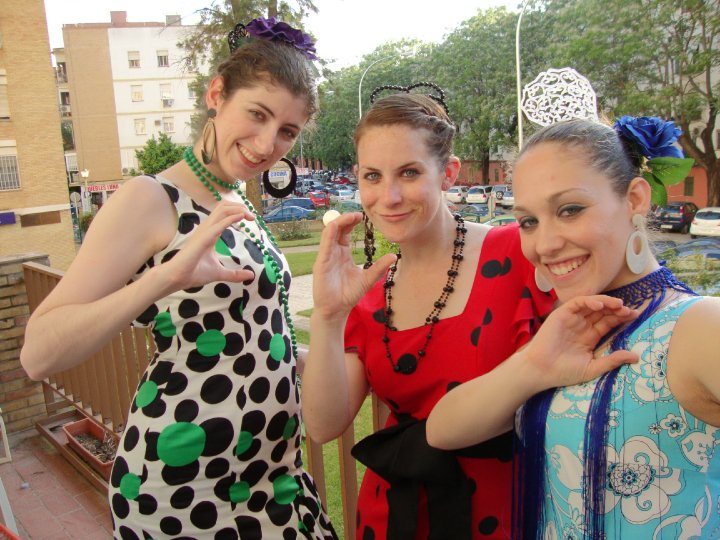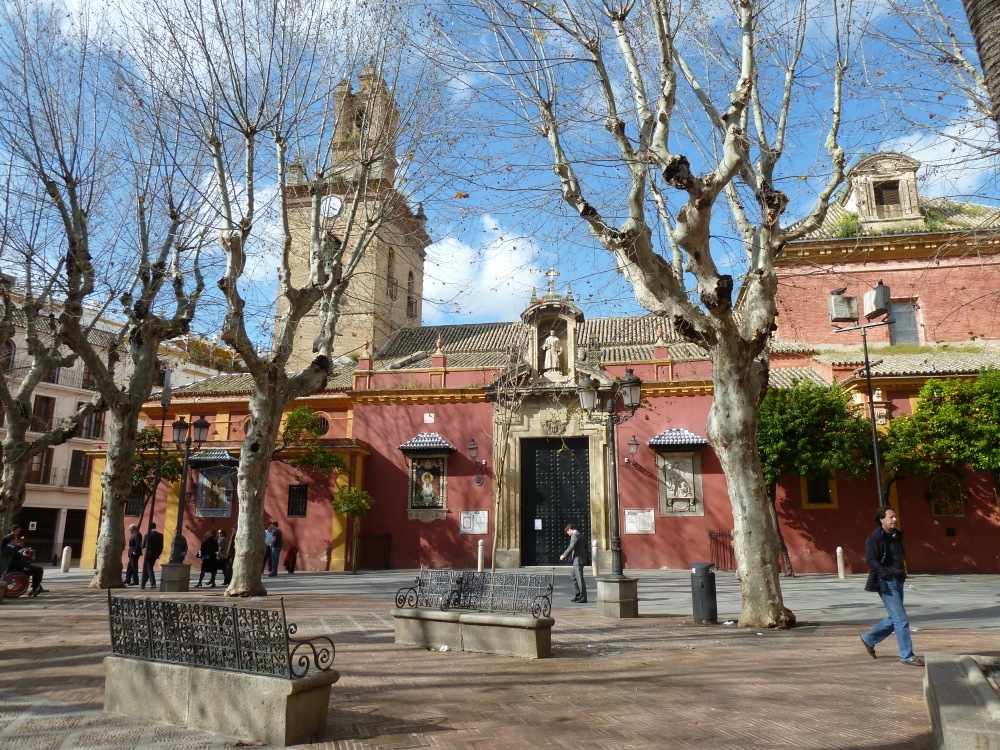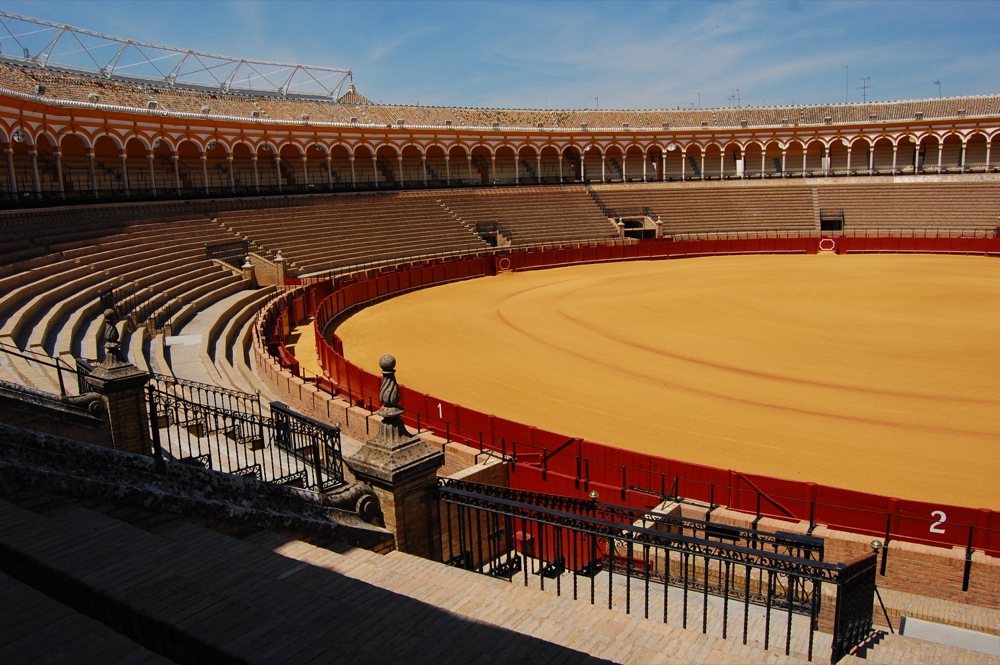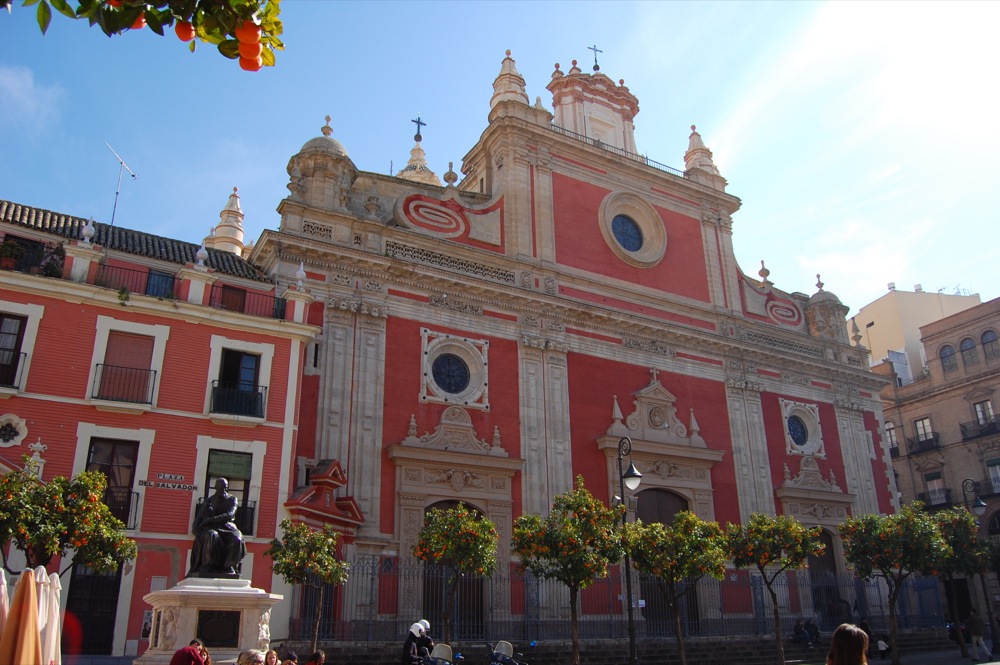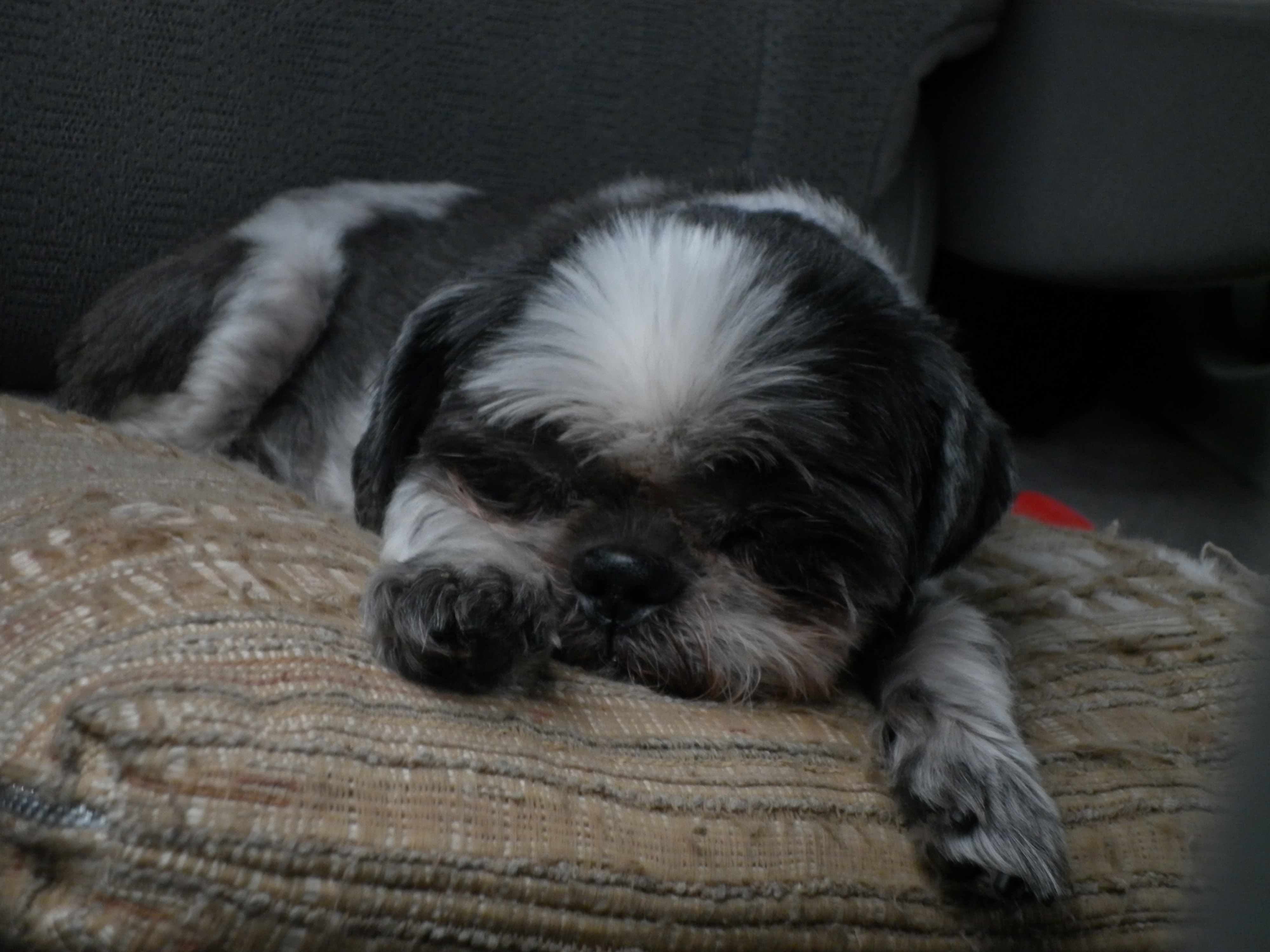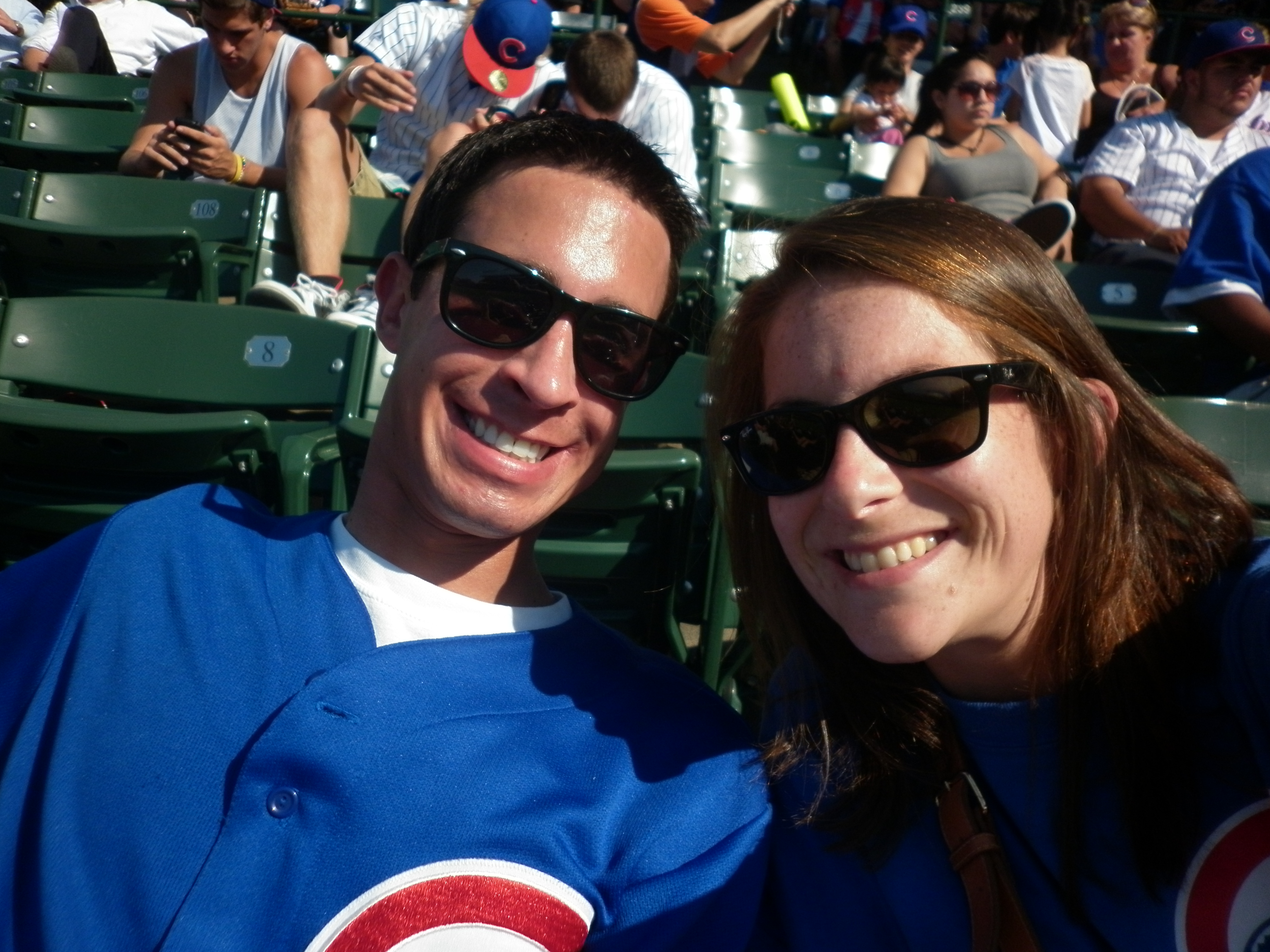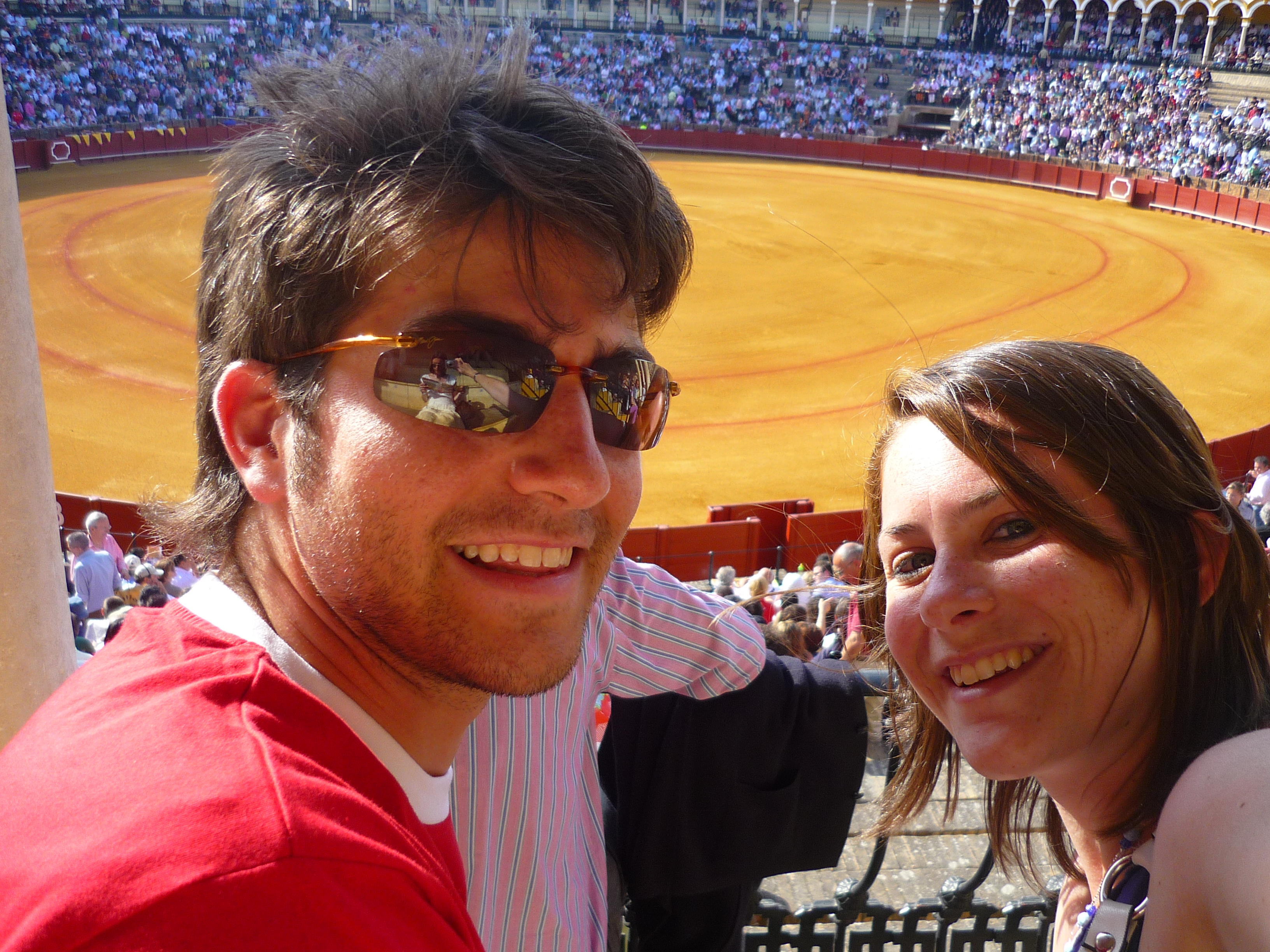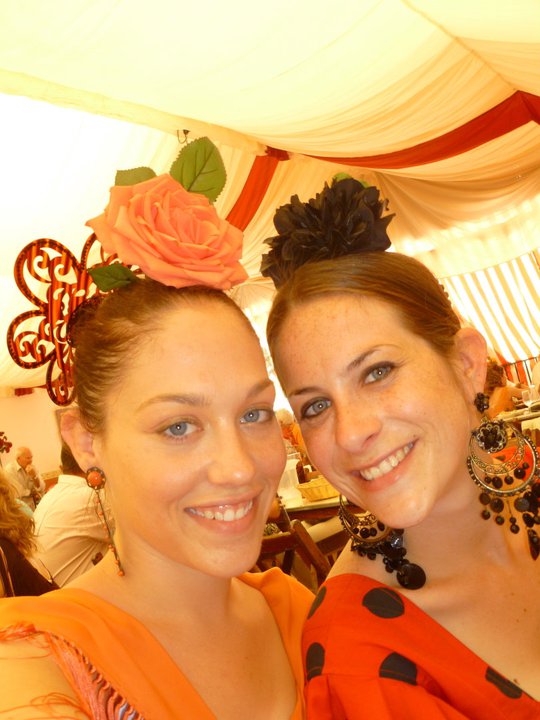One of the words in Spanish for hope is ilusión. Simply adding the prefix des-, similar to the American dis-, makes it negative. Desilusión means disappointment.
In either language, it’s a word that conveys a let-down, the crestfallen feeling one gets when something doesn’t work out in the best possible way. My wise friend LA PAINE (famosa por tó Sevilla) once said that living abroad is like being on one of two sides of the spectrum of happiness – either you’re extremely elated, or you’re devastatingly disappointed.
I’m lucky that I tend to hover on on the positive side. I have daily belly laughs (um, hello, my kids discovered the entry in the dictionary on the human body, complete with pictures the same day I had a kid ask me if my boyfriend was Justin Bieber), breathe in an incredible and vibrant city on the daily and have more contacts than my phone can hold. I’ve done what I intended to do – build a life in a different country in a different language.
Now, I’m not one to put all my eggs in the proverbial basket or count them before they’ve hatched, but for the first time in a long, long time, I was genuinely looking forward to something. To a change, to a step in the right direction. And being the cautious one who looks both ways before crossing the street and taking the plunge and even getting out of bed, I was mum about it. I only told my parents after an offer came, spoke about it to Kike’s mother as strictly business.
If luck is all about being in the right place at the right time, I try and get there a few minutes early, simply because I’m prompt. But this Spanish suerte always arrives at the wrong time – in the middle of the school year, just before a big deal falls through, just a pelín off my ticking clock. It’s like I’m constantly running after the trabajo train, resumé in hand, only to be left at the platform.
Desilusión has taken on a new meaning as I’m in the holiday slump, the clouds hanging low over La Hispalense. The clouds in my head have been raining non-stop since Monday night when those flash-flood tears didn’t want to stop. I feel like I’m trapped in a small margin of what I’m capable of – rather than publish or die, it’s CLIL or die these days.
It’s Christmas time in the city, but I’m just wanting to wake up in Arizona on the 22nd already. Seville may boast sunny days atope, but the storm clouds in my head seem to be here for a while.
